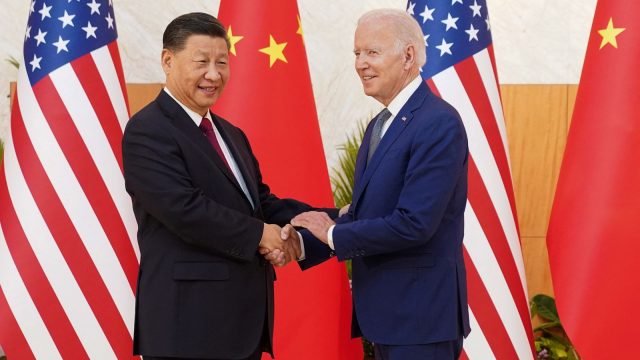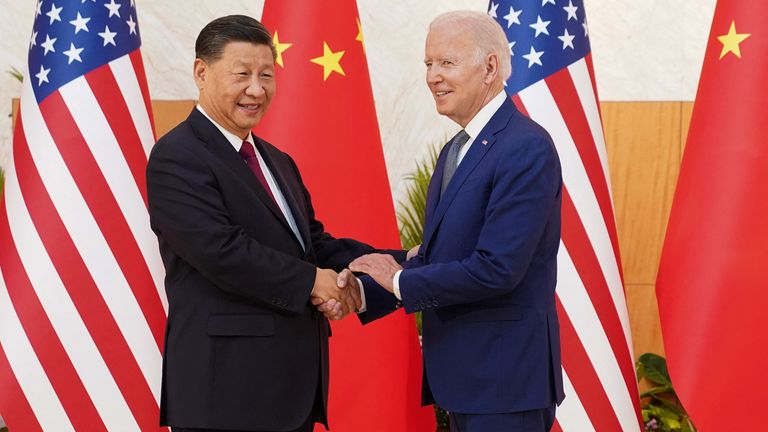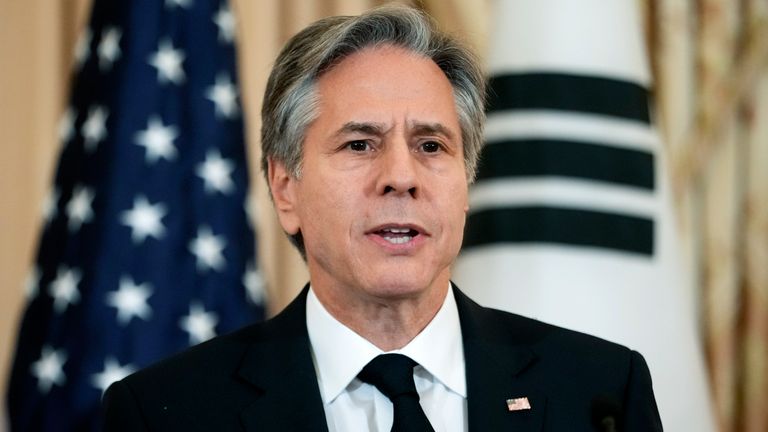There is much about the Chinese spy balloon story that is genuinely puzzling.
On the one hand, you could read events as a brazen and aggressive act from a power intent on maintaining a competitive edge.
But on the other hand, there are real signs that China is committed to improving relations with the US, or at least preventing further deterioration. The official response from the foreign ministry was also more direct and apologetic in tone than sometimes seen.
This incident – and in particular its timing, just two days before US Secretary of State Antony Blinken was due to touch down in Beijing – seems something of a baffling contradiction to China’s own efforts and work.
Be in no doubt, a huge amount of painstaking diplomatic effort on both sides would have gone into making this visit happen. President Xi Jinping himself acknowledged at the G20 summit last year that China and the US need to do more to ensure the competition between them does not descend into conflict.
Suggestions that Mr Blinken was scheduled to meet Mr Xi himself, a level of access not routinely granted, was a major sign China was committed to this process. Jeopardising the visit at the last minute will have done nothing to help a relationship already characterised by mistrust.
So why? What did China stand to gain that outweighs the diplomatic costs?
A number of experts in this sort of balloon technology have weighed in, arguing that the gains for China in terms of intelligence gathered are likely to be pretty limited.
Most of the presumed targets are probably already being observed by spy satellites.
While these types of balloons are able to linger for longer over certain areas, experts say that at this time of year the wind currents such balloons depend on for steering are unreliable and thus it is very unlikely it has been able to hover directly over its intended target.
Others have also suggested the Chinese will have almost certainly known such a balloon would be detected, such is the comprehensive nature of US monitoring of its airspace.
Read more:
Chinese ‘spy balloons’ explained
If intel potential is limited, what was the aim?
It’s possible it is the result of some sort of failed experiment or some sort of failure in its self-termination system.
Maybe it was indeed an accident that it ended up where it was.
Or perhaps it was a more conscious effort to provoke and intimidate, to embarrass the US – perhaps at how easily its airspace was entered. Some in Congress have speculated about whether it was sent to test America’s response capabilities or to send a message about China’s surveillance technology being equal to that of its rival.
What is certain is that, although this incident is more visible and high profile, surveillance and espionage is a serious and widespread reality.
FBI director Christopher Wray has described China is a “game-changing challenge”. Back in 2020, he said the greatest long-term threat to US information and intellectual property was “the counter-intelligence and economic espionage threat from China”.
Last October, the FBI estimated it was opening a new Chinese counter-intelligence operation every 12 hours.
Under Mr Xi, China’s actions and words on the international stage have also become more aggressive and unapologetic. In this context, it is also possible that China is less invested in the process of repairing relations than it has seemed.
It is worth remembering that America too engages in its fair share of surveillance – both sides are well known to have spy satellites trained on the other.
All may not be lost in the fledging efforts to try to contain the enmity that exist between the two. US officials insist the channels of communication are still open and that Mr Blinken’s visit is simply postponed and not cancelled.
But these relations were already a very complex balancing act, even before this incident any sort of breakthrough was deemed unlikely, the chances now feel extremely more remote.










![[VIDEO] Agya Koo celebrates like Cristiano Ronaldo after scoring penalty](https://ghananewss.com/storage/2023/02/BeFunky-collage-2023-02-17T164545.706-scaled-100x75.jpg)









